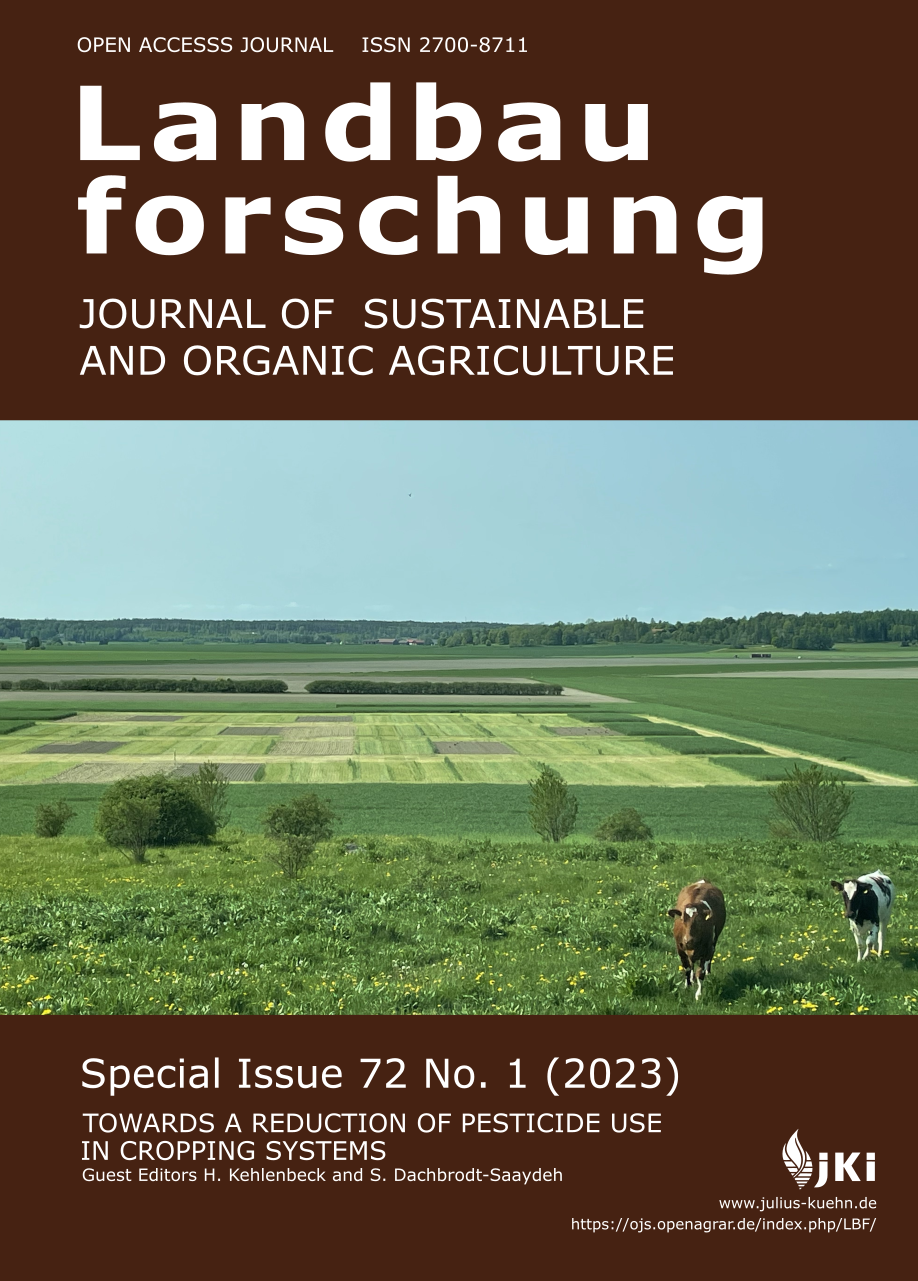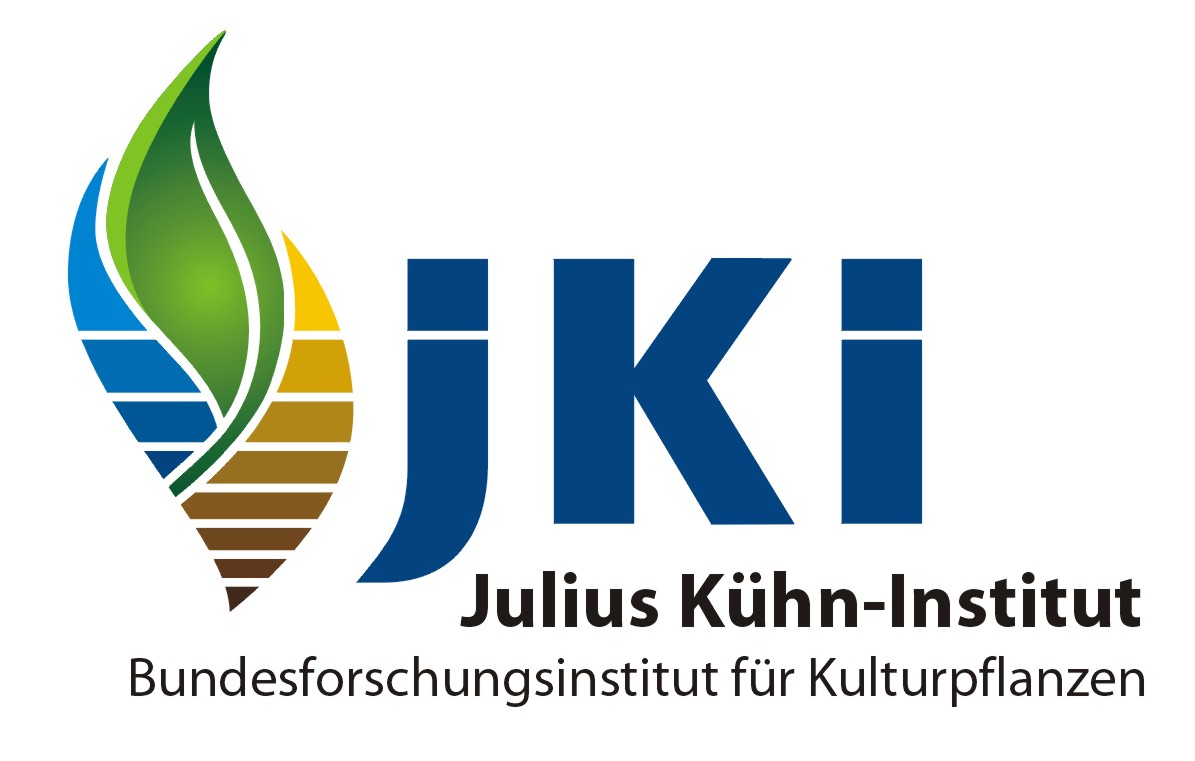Assessing pollen beetle dynamics in diversified agricultural landscapes with reduced pesticide management strategies
Exploring the potential of digital yellow water traps for continuous, high-resolution monitoring in oilseed rape
DOI:
https://doi.org/10.5073/LBF.2023.01.03Keywords:
rapeseed, Brassica napus, digital technologies, camera, artificial intelligence, diversification, flower stripsAbstract
The European Farm to Fork strategy strives to reduce pesticide use and risk by 50% by 2030, preserving agricultural productivity, biodiversity, and human health. Novel research on crop diversification and new field arrangements, supported by digital technologies, offers sustainable innovations for pest control. This study evaluates digital yellow water traps, equipped with a camera and associated artificial intelligence model for continuous pollen beetle monitoring in diversified agricultural landscapes. Data were collected in oilseed rape from three harvest years (2021-2023) at the experimental site patchCROP, a landscape experiment established to study the effects of spatial and temporal crop diversification measures on yield, ecosystem services, and biodiversity. In patchCROP, crops were planted in smaller, 0.5 ha (72 × 72 m) squares called "patches" with different pesticide management strategies and were compared to surrounding commercial fields. The digital yellow water traps and AI were evaluated and found to be useful for gauging pollen beetle immigration into the crop. Across all years, higher insect pest pressure was recorded in the patches compared to commercial fields but did not necessarily compromise yields. Implementation of pesticide management strategies, including targeted insecticide applications at specific insect pest thresholds, were not associated with reduced yields in patches with flower strips. Future studies should consider examining the role of field size and alternative diversification approaches to fine-tune insecticide reduction strategies at the landscape scale.
Published
Issue
Section
License
Copyright (c) 2023 Emily Dovydaitis, Thomas Kunze, Fabian Born, Frank Ewert, Silke Dachbrodt-Saaydeh, Kathrin Grahmann

This work is licensed under a Creative Commons Attribution 4.0 International License.









